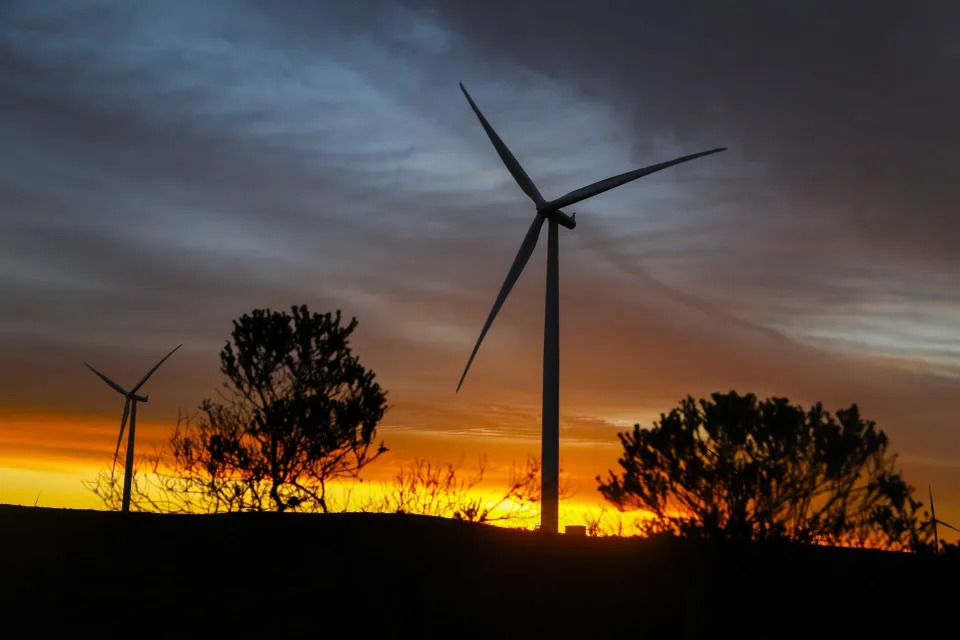The International Energy Agency (IEA) calculates that in order to meet the climate objectives in Africa, investments in the energy transition in that continent would have to be more than doubled to dedicate some 190,000 million dollars annually between 2026 and 2030.
Two thirds of that amount would have to be dedicated to clean energy, explains the IEA in a report published this Monday dedicated to Africa, in which it points out, for example, that 80% of the new electricity generation capacities by 2030 should be renewable. .
Its experts consider that the continent has 60% of the best potential solar resources in the world, but for now only 1% of the photovoltaic capacities are installed there.
They also emphasize that Africa is suffering more severe consequences than most of the world from climate change, and this despite the fact that it bears much less responsibility for causing it.
In fact, its energy-related carbon dioxide (CO2) emissions only account for 3% of the global total.
“Africa has borne the brunt of the fossil fuel-based economy, receiving the fewest benefits and suffering the greatest drawbacks, as the current energy crisis underlines,” said IEA Executive Director Fatih Birol.
Despite everything, in Birol’s opinion, the energy transition offers “a more hopeful future for Africa, with enormous potential for solar energy and other renewables to boost its development, and with new industrial opportunities in critical minerals and green hydrogen” .
For the IEA, the “absolute priority” is that all Africans have access to “modern and affordable” energy in this decade, for which an annual investment of 25,000 million dollars would be required.
To illustrate the limited dimension of that amount, the CEO said that it is what it costs to build a liquefied natural gas terminal.
The agency is clearly in favor of Africans being able to exploit the more than 5 billion cubic meters of gas that have been discovered on that continent but for which it has not yet been approved for industrial development.
These resources, he underlines, could bring an additional 90,000 million cubic meters of gas each year by 2030, which “could be vital for the domestic industries of fertilizers, steel, cement and water desalination.”
It justifies it because the accumulated emissions of CO2 that these gas resources would generate in 30 years would be equivalent to about 10,000 million tons, which added to those of the African continent, its world share would rise to only 3.5% of the world total.

